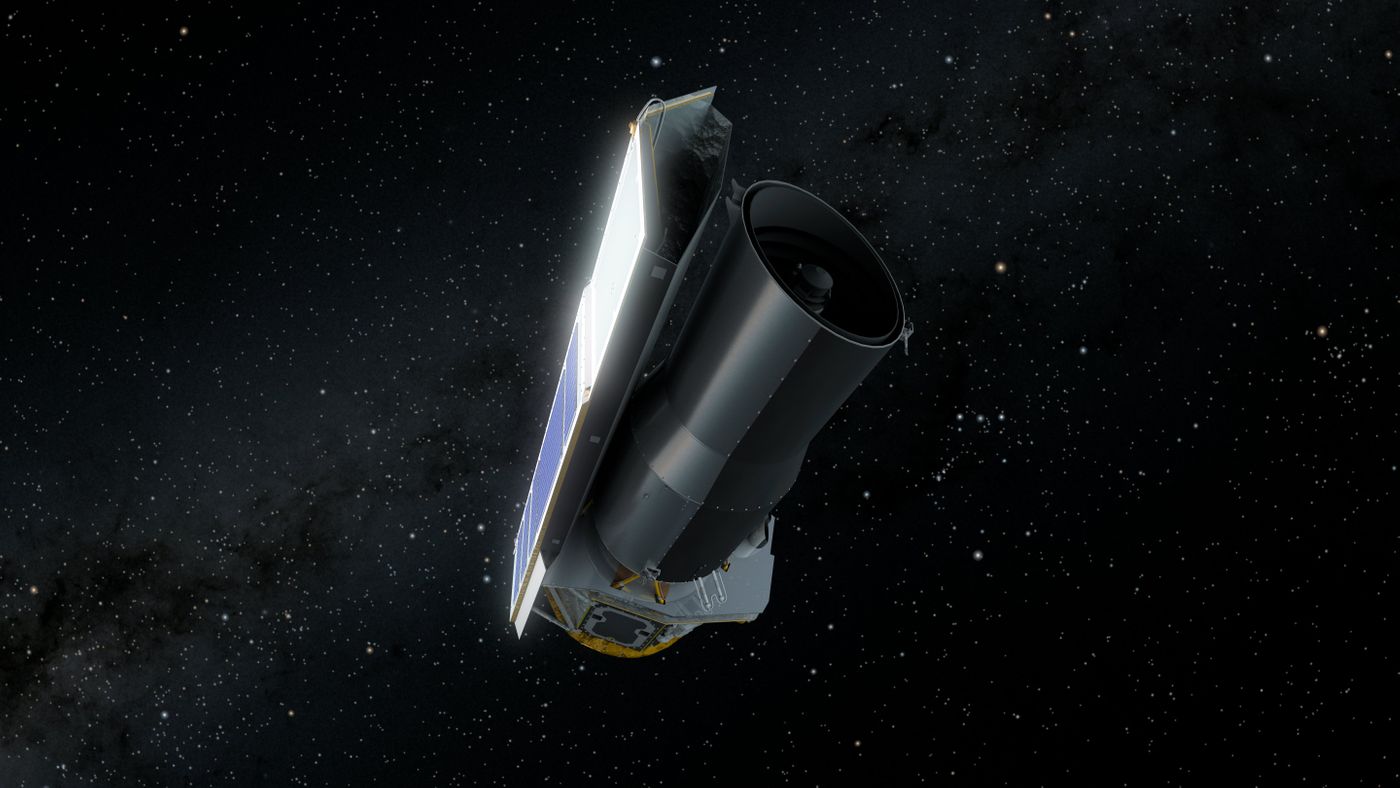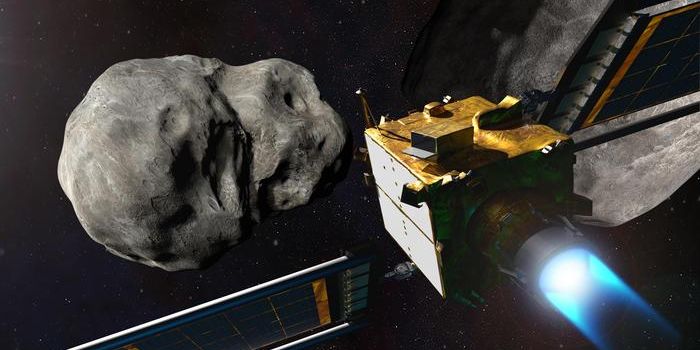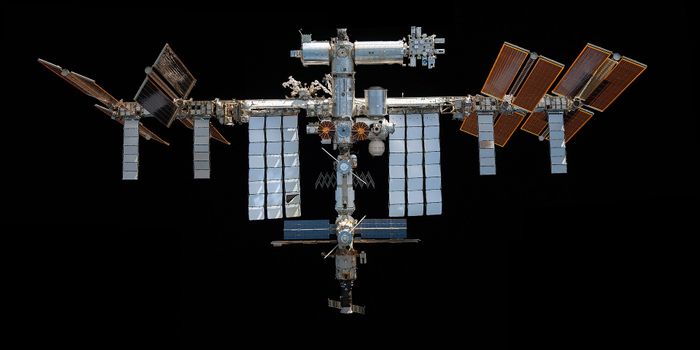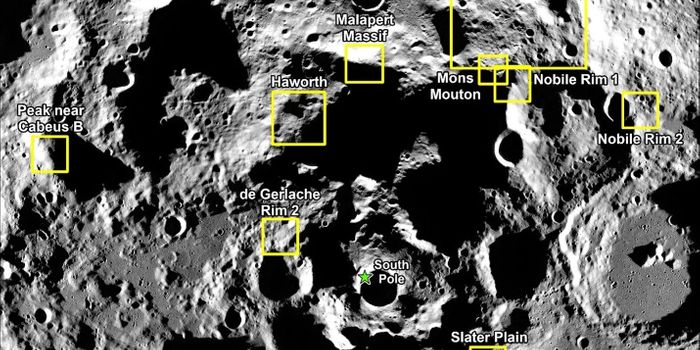NASA Officially Retires the Spitzer Space Telescope
NASA is always sending spacecraft into space to explore the universe around us; be it the close-proximity stellar neighborhood of our own solar system or other distant stellar systems much farther away that we can just hardly observe with today’s cutting-edge technology. As diverse as all those missions might be, they all have one thing in common: they eventually come to an end.
Image Credit: NASA/JPL-Caltech
Just this past Thursday, NASA made the tough decision to pull the plug on the Spitzer Space Telescope, an iconic piece of space exploration that harbored more than 16 years’ worth of data involving the universe around us. Spitzer used the infrared light spectrum as its primary means of observation, and it captured valuable data about our solar system, the Milky Way, and a plethora of other distant entities in space.
"Spitzer has taught us about entirely new aspects of the cosmos and taken us many steps further in understanding how the universe works, addressing questions about our origins, and whether or not are we alone," explained Thomas Zurbuchen, one of NASA’s Science Mission Directorate associate administrators.
"This Great Observatory has also identified some important and new questions and tantalizing objects for further study, mapping a path for future investigations to follow," Zurbuchen continued. "Its immense impact on science certainly will last well beyond the end of its mission."
Related: NASA officially retires the Kepler Space Telescope
The Spitzer Space Telescope was one of NASA’s four ‘great observatories,’ with the other three being the Chandra X-Ray Observatory, the Compton Gamma Ray Observatory, and the Hubble Space Telescope. As you might come to expect, each observatory used a different light spectrum to observe the universe. Only the Chandra X-Ray Observatory and the Hubble Space Telescope, each launched in the 1990s, persist today.
It’s always a melancholy moment in time when NASA retires one of its valuable space missions, but we’d be understating the facts if we said that the decision was long overdue. The Spitzer Space Telescope was only designed to operate for about 2.5 years, and it endured more than six times that. Moreover, Spitzer was beginning to lag farther behind Earth in its orbit around the Sun, and this made it more challenging to control.
Spitzer spent its final moments on Wednesday making observations of the cosmos, and astronomers are expected to receive those transmissions shortly.
Notably, NASA has been hard at work in constructing the next phase of space exploration – the James Webb Space Telescope. This incredibly complex spacecraft has a primary mirror many times larger than that of Hubble’s, and it too uses infrared light as its primary observation technique. With that in mind, NASA is certain to use James Webb to pick up where Spitzer left off, and then some.









